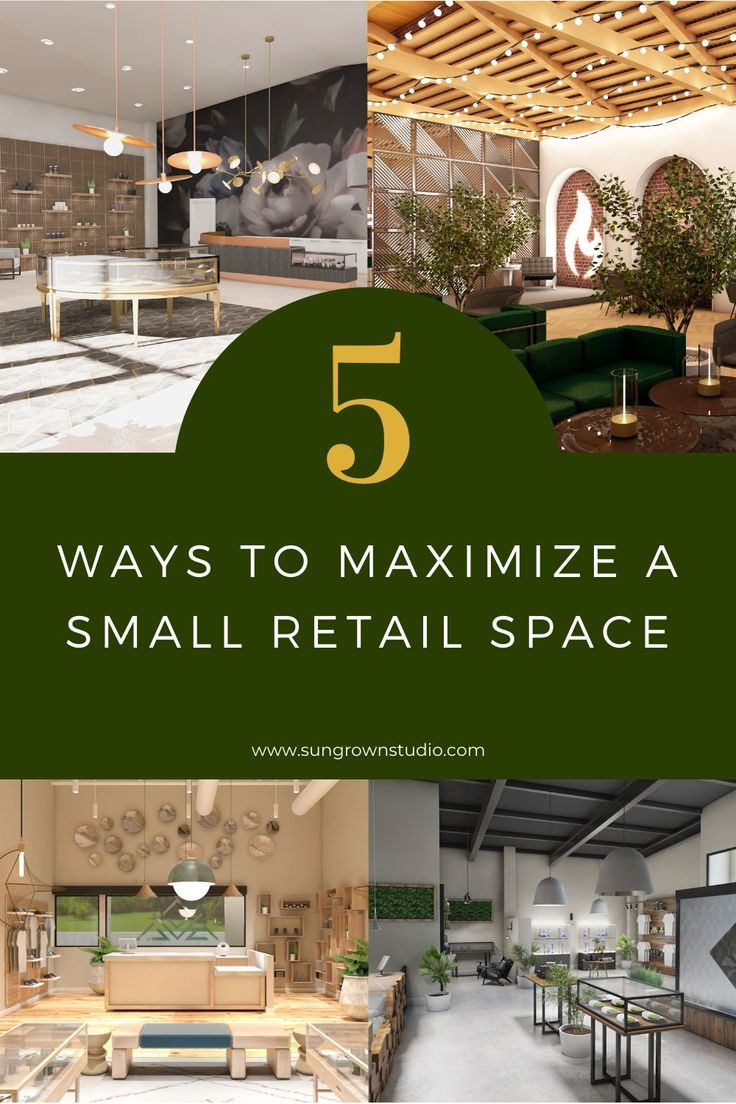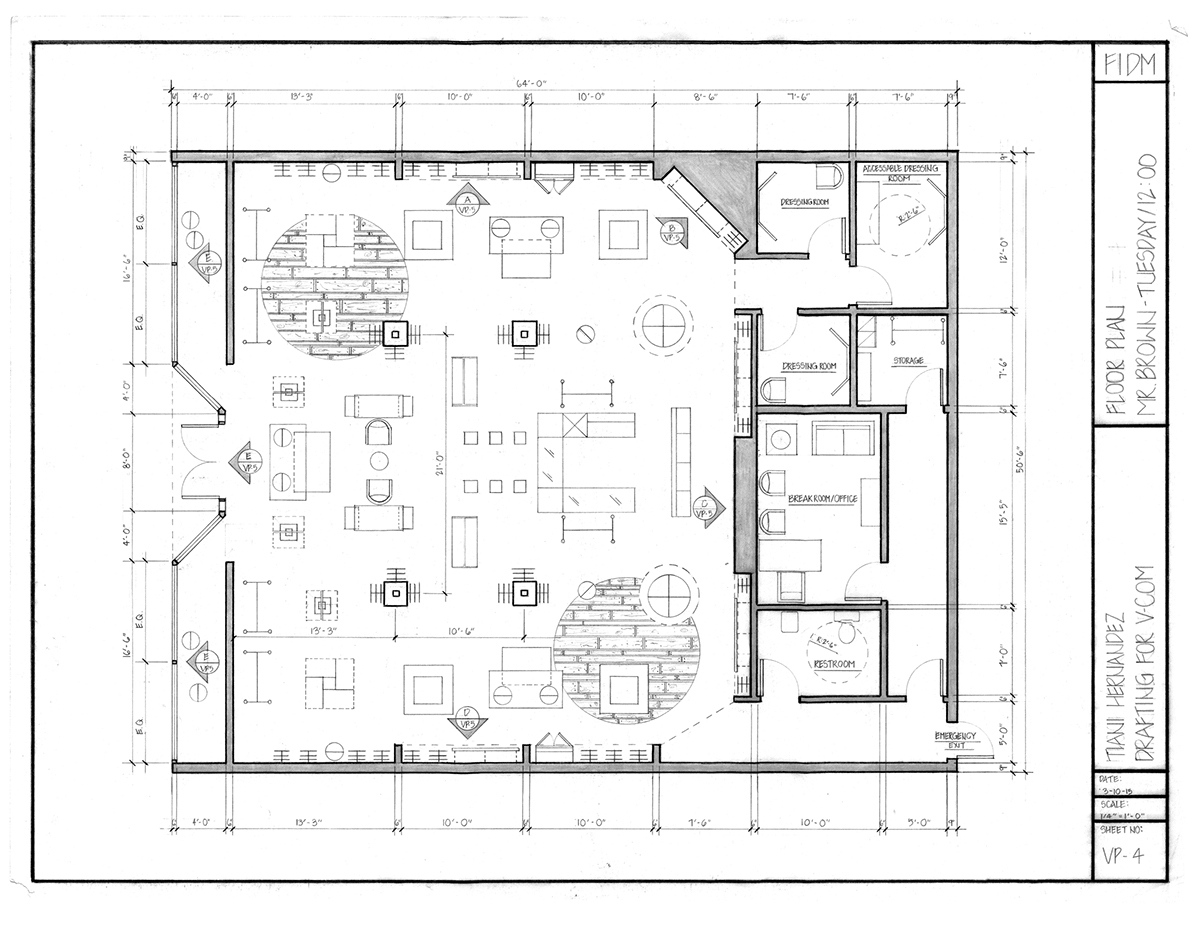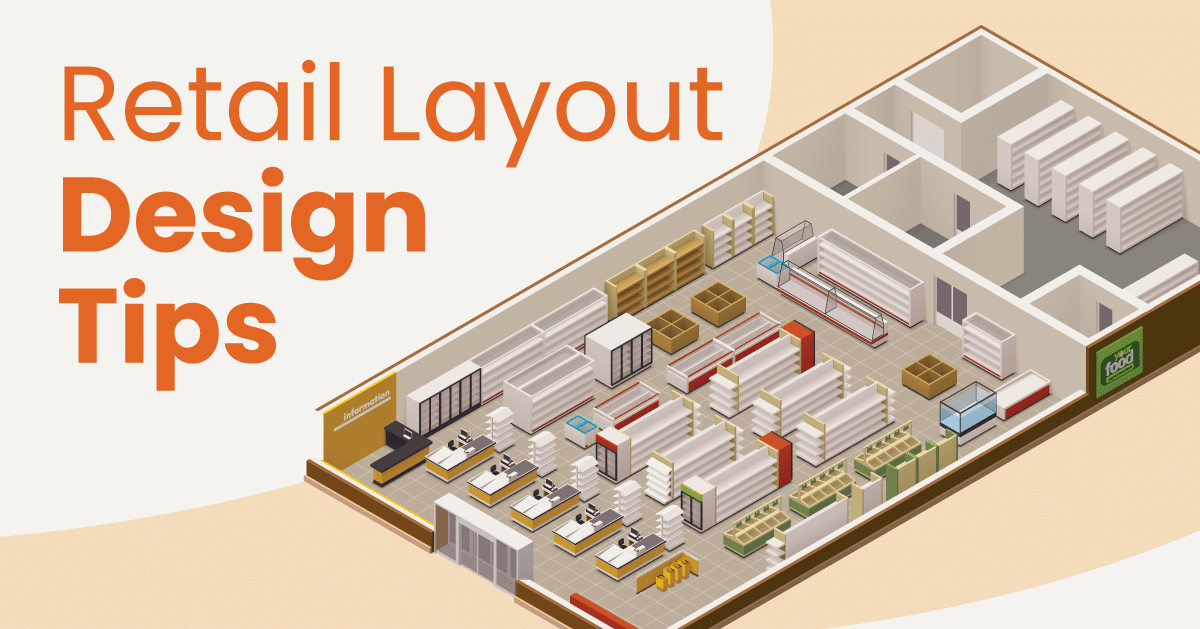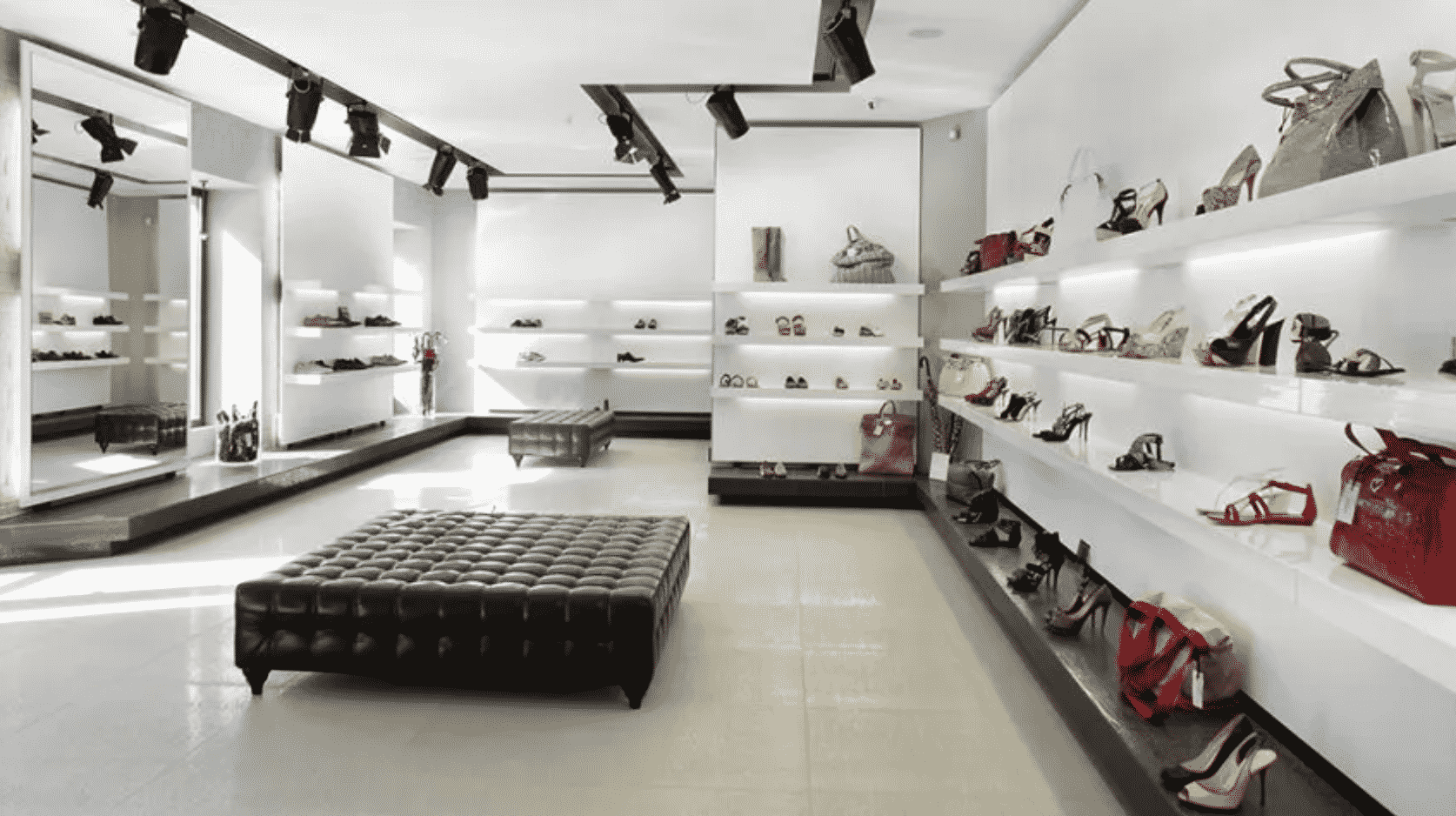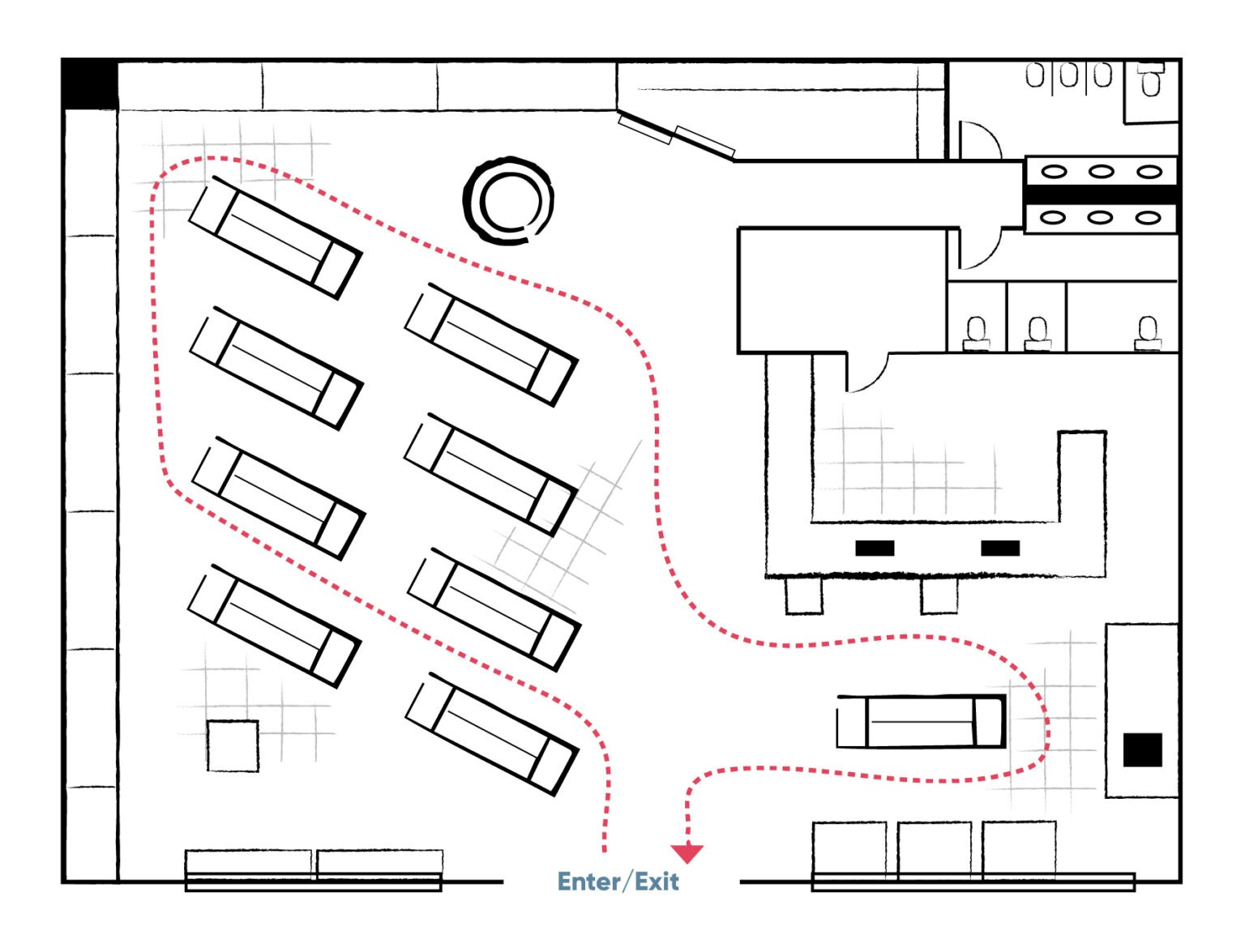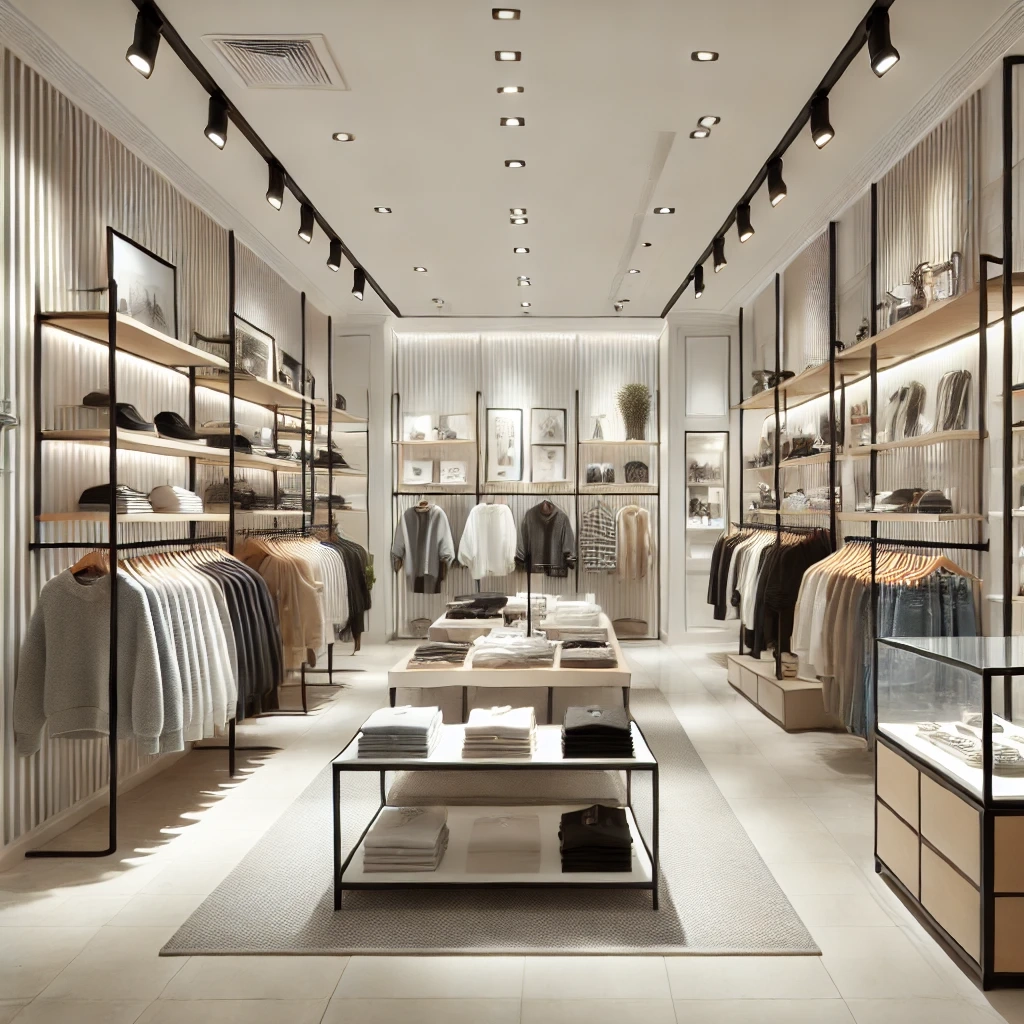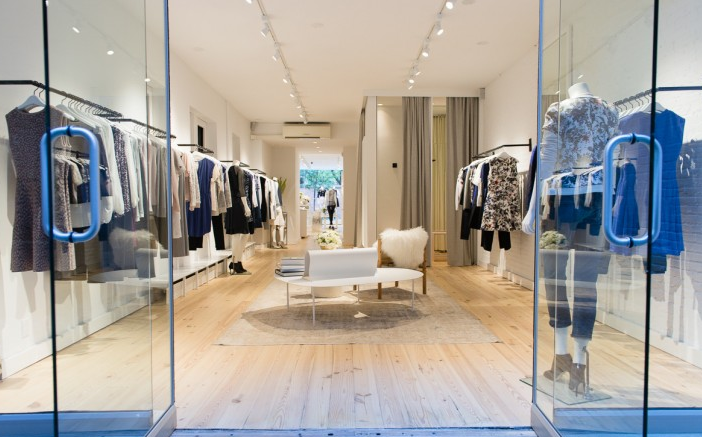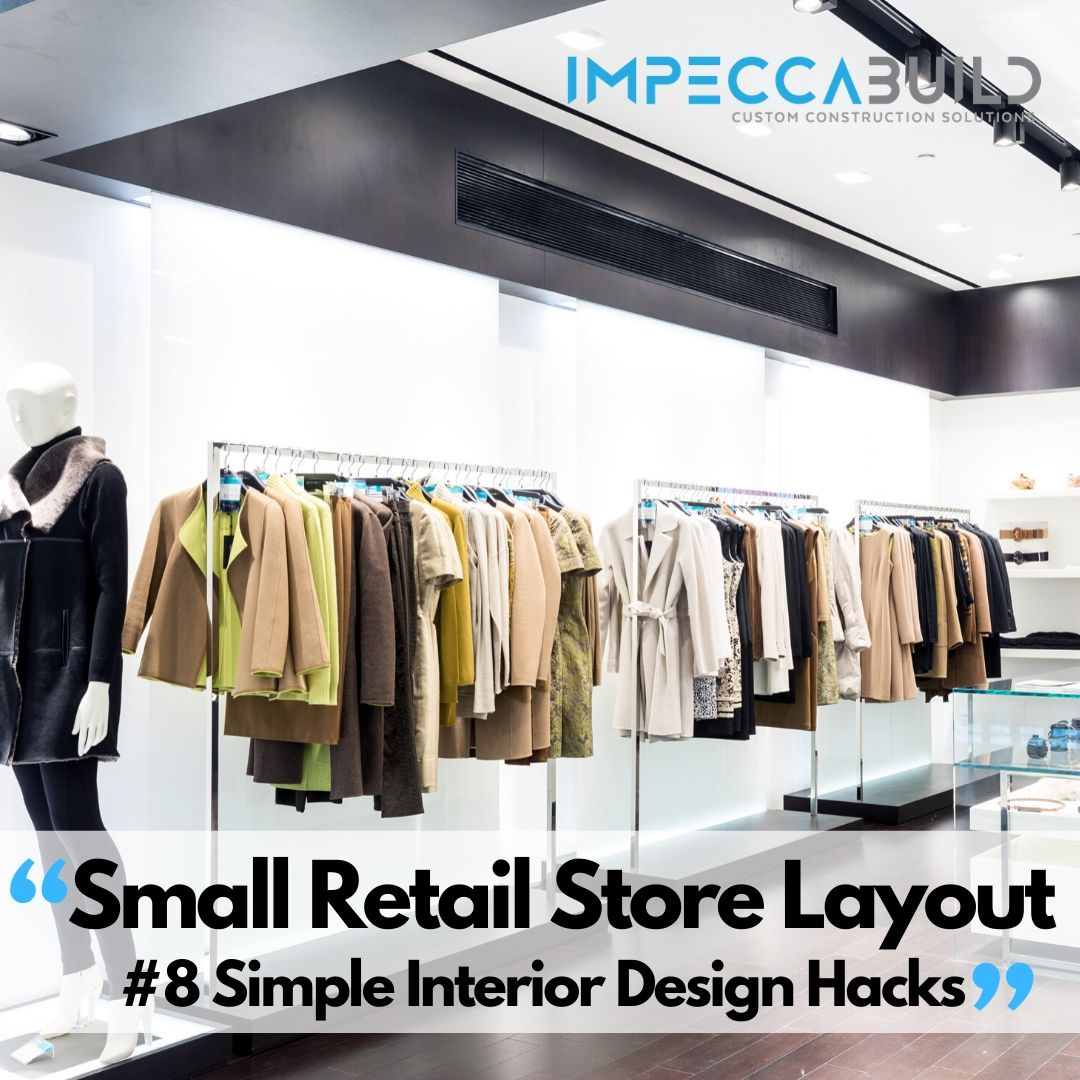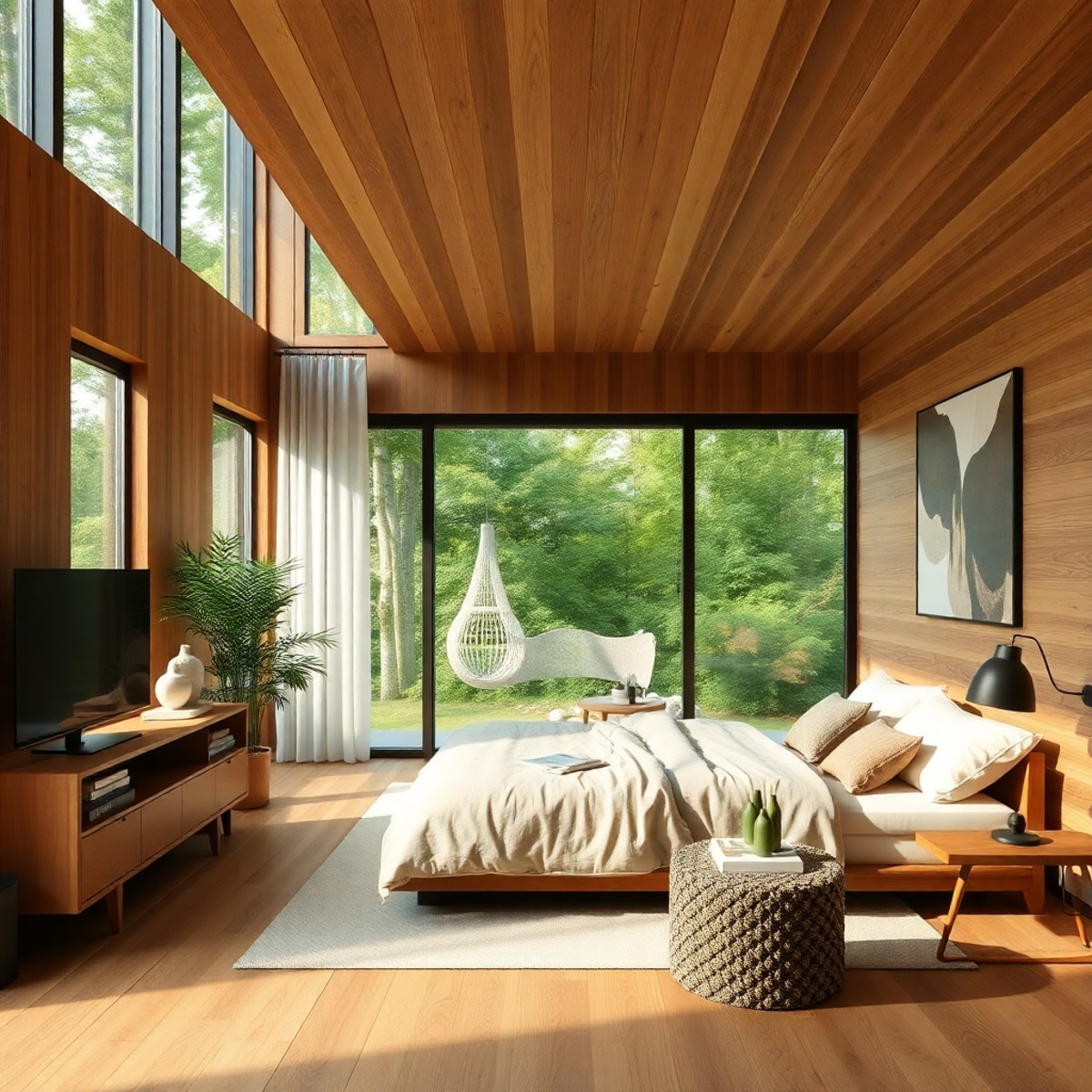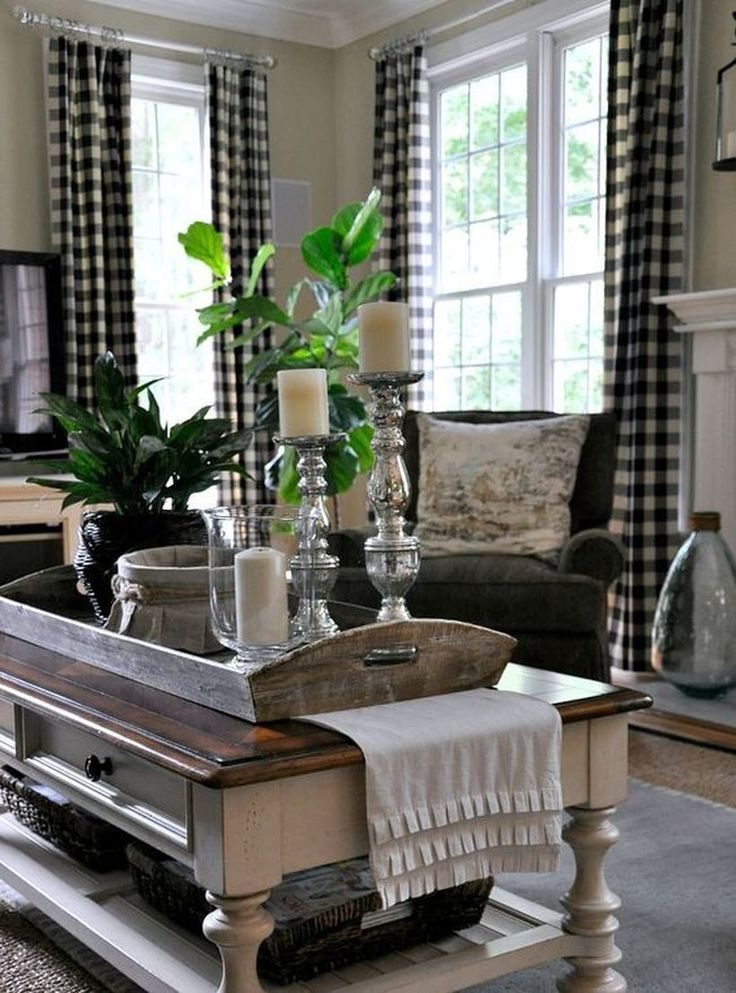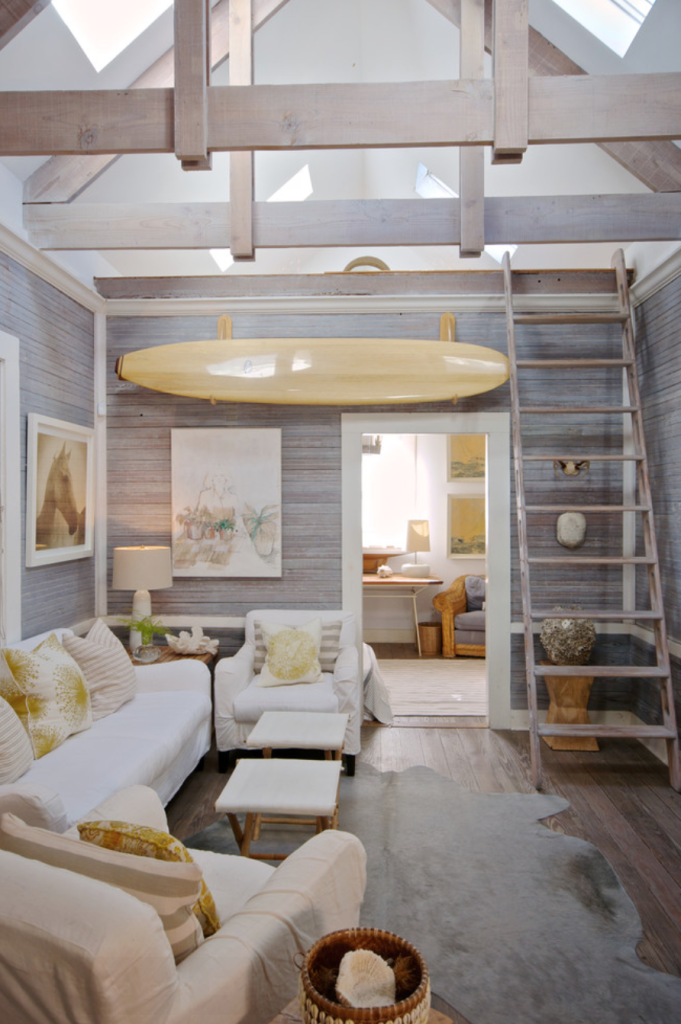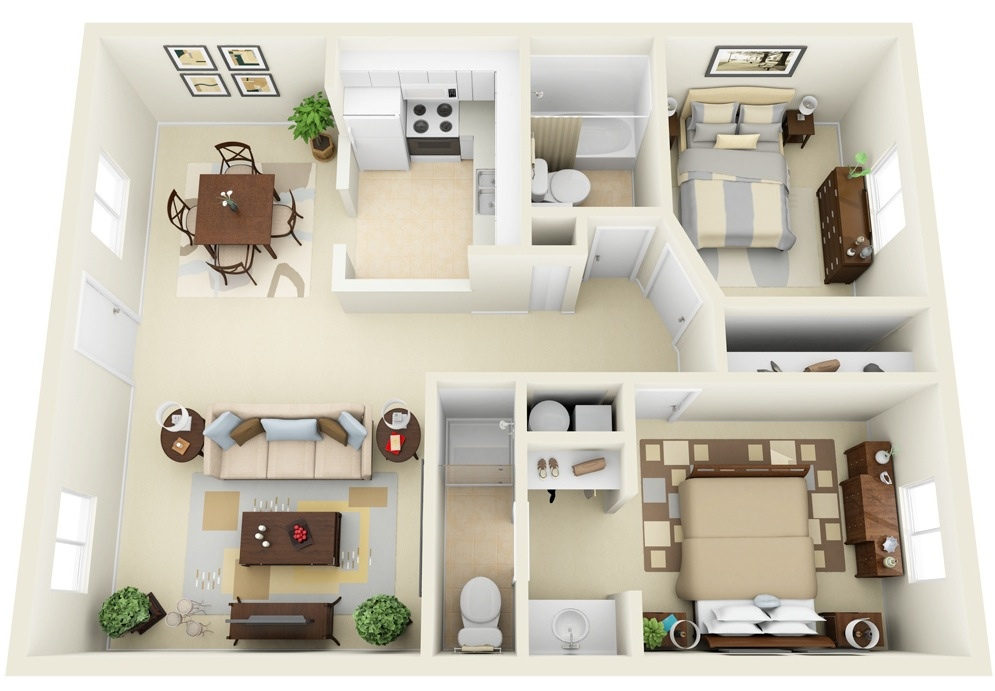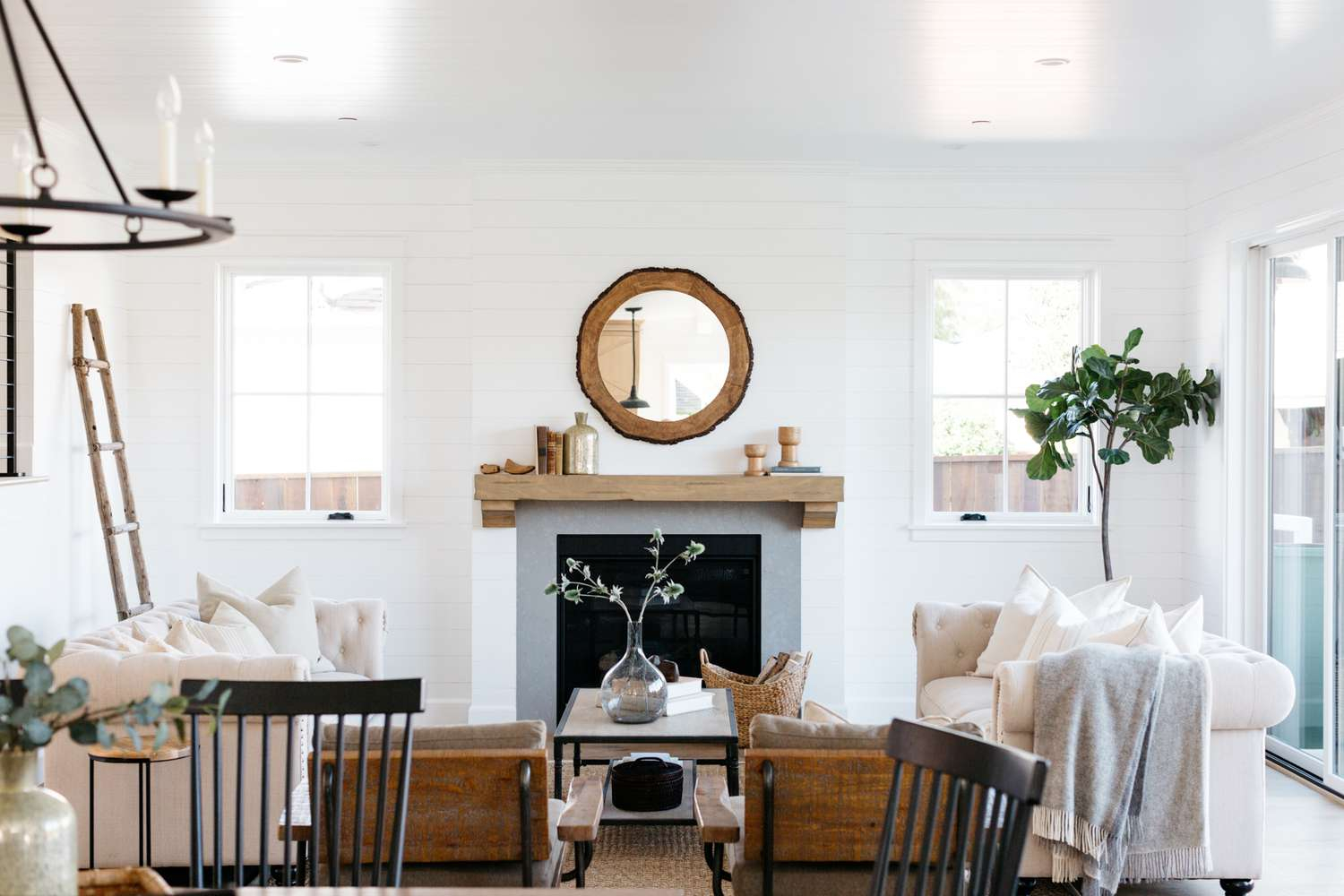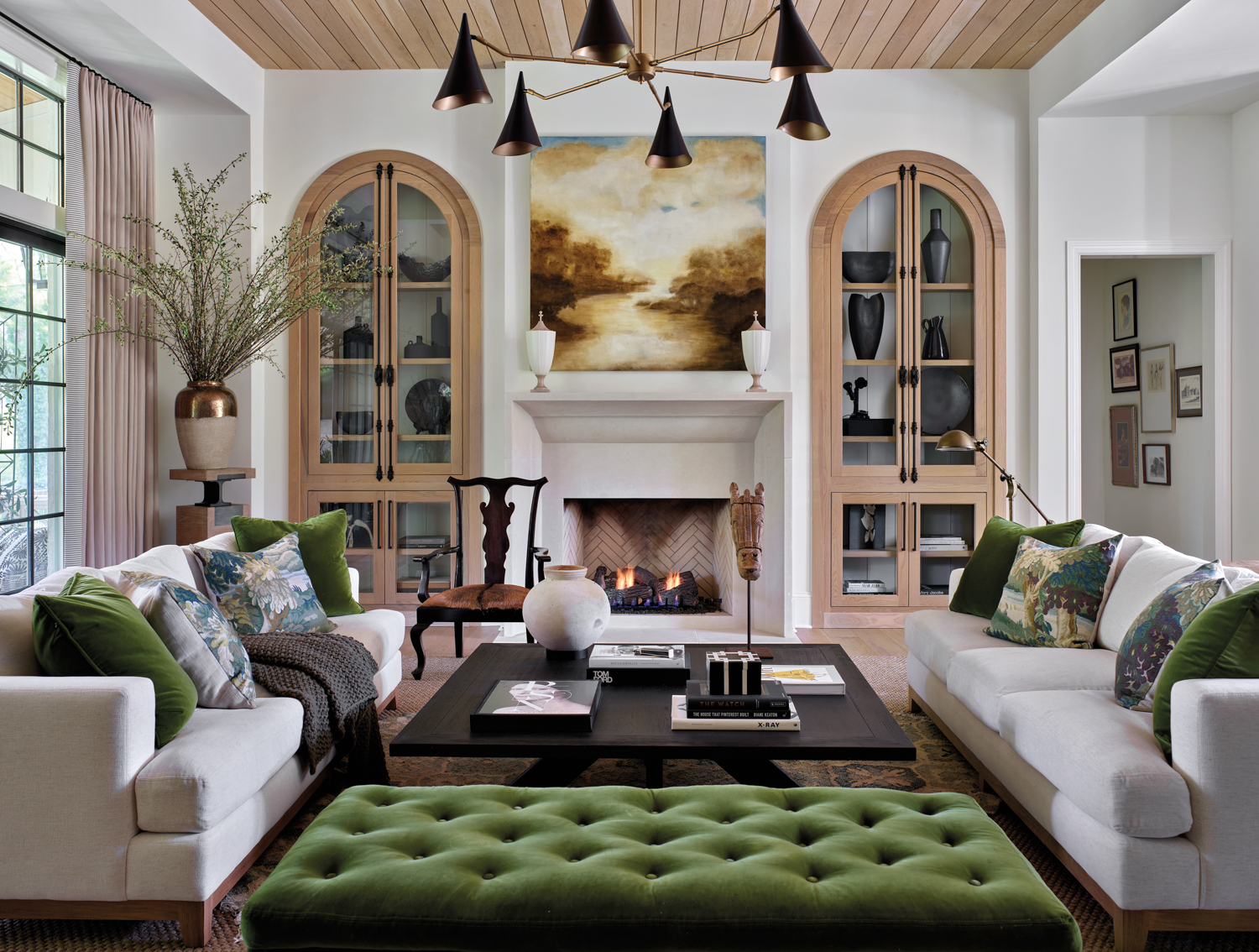Ever walked into a tiny shop and felt like you stepped into another world? It’s not magic, it’s smart design. For small boutiques, the layout is your most powerful tool. It’s how you turn a limited footprint into a memorable journey for everyone who walks through the door. Let’s explore how to make every square inch count, creating spaces that feel expansive and utterly engaging.
Running a tiny boutique presents a unique set of challenges, but also incredible opportunities. Unlike larger stores, small boutiques can offer a more intimate and personalized shopping encounter. The key to unlocking this potential lies in the layout. It’s not just about where you put the racks or displays; it’s about crafting a narrative, guiding your customer’s eye, and creating a sensory experience that resonates. Think of your layout as the silent salesperson, working tirelessly to draw people in and keep them captivated. We’ll dive into practical, creative approaches that make small spaces feel grand and inviting, fostering a sense of discovery and delight.
Defining Zones: Creating Flow and Purpose
The first step to a successful tiny boutique layout is understanding how to divide your space effectively. You don’t need walls to create distinct zones. Use strategic placement of fixtures, rugs, or even lighting to subtly guide customers through different areas. For instance, a cozy seating nook near the fitting rooms can serve as a relaxation spot, while a brightly lit display near the entrance can immediately showcase your most eye-catching items. Consider a ‘discovery zone’ at the back, encouraging exploration and rewarding those who venture further in. This segmentation helps prevent the space from feeling cluttered and gives customers a clear, yet natural, path to follow. It’s all about creating a journey, not just a place to browse.
Verticality is Your Friend: Maximize Wall Space
In a small boutique, the ceiling height is often an underutilized asset. Think vertically! Wall-mounted shelving, tiered displays, and hanging installations can draw the eye upward, creating a sense of height and airiness. Floating shelves can display accessories or curated collections without taking up much floor space. Consider using the back walls for impactful displays or even a unique mural that adds visual interest and personality. Pegboards are fantastic for flexible displays of smaller items like jewelry or scarves, allowing for easy rearrangement and a clean look. Don’t forget the power of mirrors; strategically placed mirrors not only expand the perceived space but also allow customers to see items on themselves from different angles.
The Power of the ‘Hero’ Piece: Focal Points
Every great boutique needs a ‘hero’ piece – something that immediately grabs attention and sets the tone. This could be a statement mannequin styled with your latest arrivals, a unique vintage furniture piece, or a striking art installation. Place your hero piece strategically, perhaps at the end of an aisle or in a central location, to create an instant focal point. This draws customers in and gives them a reason to explore the surrounding merchandise. It’s about creating moments of visual excitement that break up the monotony and make the shopping experience more dynamic and memorable. Think of it as your shop’s signature move.
Sensory Engagement: Beyond the Visual
Immersive experiences engage more than just sight. What does your boutique sound and smell like? Curate a playlist that matches your brand’s aesthetic – something upbeat but not overwhelming, or perhaps calming and sophisticated. Consider a subtle, signature scent that isn’t overpowering but leaves a pleasant impression. The feel of the merchandise itself is also crucial; ensure textures are inviting and that tactile displays encourage interaction. Even the fitting rooms should be a sanctuary, with good lighting, comfortable seating, and perhaps a full-length mirror that truly flatters. Engaging multiple senses creates a richer, more resonant experience for your customers.
Clever Fixturing: Adaptability and Illusion
The right fixtures can make or break a small boutique. Opt for versatile, mobile fixtures that can be reconfigured as needed. Rolling racks, modular shelving units, and nesting tables offer flexibility to change displays seasonally or for special events. Avoid overly bulky or permanent fixtures that can visually shrink the space. Consider furniture with built-in storage to keep clutter hidden and maintain a streamlined appearance. Transparent or mirrored elements in your fixtures can also create an illusion of more space, making the overall environment feel more open and inviting. It’s about making your store work for you, not the other way around.
The Checkout Counter: A Final Impression
The checkout area isn’t just for transactions; it’s your last chance to make an impression. In a small boutique, this space needs to be efficient and inviting. Keep it clutter-free, with just the essentials. A small display of impulse buys – like artisanal soaps, unique stationery, or stylish keychains – can be a nice touch. Ensure there’s enough space for customers to comfortably queue without feeling cramped. Good lighting here is also important, making the final interaction a pleasant one. Consider a small, comfortable stool for staff if they’ll be spending a lot of time there. This final touchpoint can reinforce the positive experience they’ve had throughout your store.
Creating an immersive experience in a tiny boutique is all about thoughtful intention and clever execution. By strategically defining your zones, utilizing vertical space, establishing compelling focal points, engaging multiple senses, and choosing adaptable fixturing, you can transform a small footprint into a captivating destination. Remember, your layout is a narrative. It guides, delights, and encourages exploration. It’s about making every customer feel special, valued, and eager to return. So, go ahead, get creative, and design a space that truly tells your boutique’s unique and wonderful story.

